
The Krakatoa eruption of 1883 was one of the deadliest in recorded history. The volcano, which lies on an island in Indonesia's Sunda Strait, had been threatening to blow for months. It had been sending plumes of ash and steam into the sky since May of that year, but at 1pm on 26 August the pressure beneath its rocky cones finally became too much.
Four increasingly violent explosions over the next 24 hours all but destroyed the island. They killed over 36,000 people and could be heard 3,500 kilometres away in Australia. Twenty-one cubic kilometres of rock and ash was blasted across 800,000 square kilometres and over 80 kilometres up into the air.
So much ash was released into the atmosphere, the region was plunged into darkness for two and a half days. As the ash diffused and drifted around the world, its chemicals absorbed different wavelengths of light, causing spectacular red and orange sunsets and making the Moon glow blue for months.
There was enough ash lingering in the atmosphere a year later to cause summer temperatures in the Northern Hemisphere to drop by an average of 0.4°C.
Then, on a clear summer's night in 1885, amateur astronomers in the German town of Bad Kissingen spotted some new, mysterious-looking clouds. It wasn't so much that they were thinner and wispier than regular clouds, but they were visible after dark.
They actually appeared to be shining.
Those mysterious clouds would become known as noctilucent, or night-shining, clouds (NLCs). They can be seen every year between May and August and have become a favourite target for many observers. And since that first sighting, we've gradually learned more about them.
この記事は BBC Sky at Night Magazine の June 2023 版に掲載されています。
7 日間の Magzter GOLD 無料トライアルを開始して、何千もの厳選されたプレミアム ストーリー、9,000 以上の雑誌や新聞にアクセスしてください。
すでに購読者です ? サインイン
この記事は BBC Sky at Night Magazine の June 2023 版に掲載されています。
7 日間の Magzter GOLD 無料トライアルを開始して、何千もの厳選されたプレミアム ストーリー、9,000 以上の雑誌や新聞にアクセスしてください。
すでに購読者です? サインイン
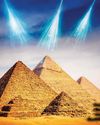
Putting cosmic rays to work
These penetrating interstellar particles have applications from astronomy to archaeology
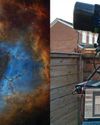
Set up your first imaging sequence
How to automate and coordinate your gear over multiple nights of imaging
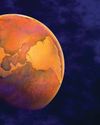
The Universe without gravity
Life with no gravity might sound a fun idea, but as Govert Schilling explains, shutting off this pivotalforce would spell disaster for Earth and beyond
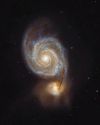
How to blend images taken with different camera setups
Combine data captured at varied focal lengths to create rich, deep images

INSIDE THE SKY AT NIGHT
Back in September 2021, The Sky at Night show spoke to Carly Howett about NASA's then upcoming Lucy mission. As the spacecraft now approaches its main targets - the Trojan asteroids - we check in with her to see how the mission is going

The science of SCI-FI
We love a good sci-fi film, but do they get the science right? Amy Arthur picks six of the big mistakes made in space films

Seeing in a new light
It's National Astronomy Week this month, so take a tip from Mark Westmoquette and let mindful stargazing change your perspective on your life and problems

What to do if you find a meteorite
Ever come across an unusual rock and wondered if it's a meteorite? Mark McIntyre explains how to tell if that stone really is a fragment from outer space
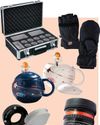
GEAR
Charlotte Daniels rounds up the latest astronomical accessories
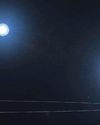
Q&A WITH A STELLAR ECLIPSE SPECIALIST
Many stars are gravitationally locked inside multi-star systems, but a rare new triple-star system has set a new record for how cosy these clusters can get